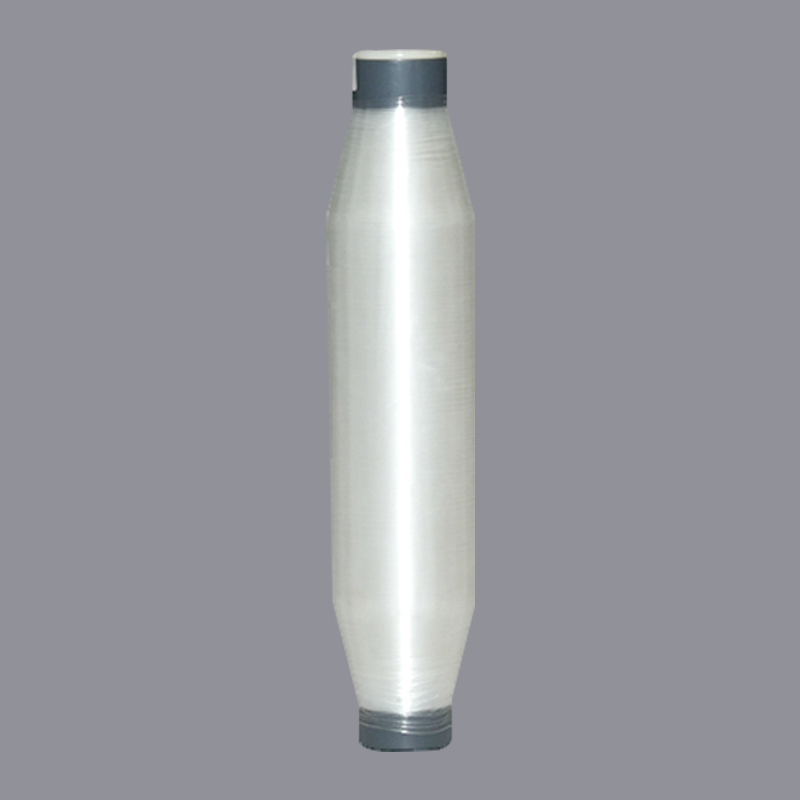It is made with Bio-base PLA, fully biodegradable Feature: 1. Industrial compost product 2. Made with PLA 3. Eco-frie...
READ MORELow-melting Yarn is essentially a synthetic fiber characterized by its ability to soften or melt at relatively low temperatures.
This special heat-fusible yarn undergoes a physical transformation at a specific temperature, enabling it to perform bonding and shaping functions. This property makes it an environmentally friendly and efficient alternative to traditional glues and adhesives.
Content
Low-melting Yarn is typically made from two or more polymers through a composite spinning process. One polymer (usually the core or side layer) is designed to have a higher melting point, providing structural support; the other polymer (usually the sheath or other side layer) is designed to have a lower melting point, the so-called "low-melt" portion.
When this heat-fusible yarn is heated to the melting temperature of its low-melting component, the low-melting portion melts and flows, acting as a binder. Upon cooling, the molten polymer solidifies, firmly bonding the surrounding fibers, fabric, or other materials together to form a stable structure.
Low-melt-point yarns are popular because they offer advantages in processing and product performance that are unmatched by traditional yarns.
Low-melt-point yarns, due to their unique bonding properties, show great potential in a variety of industries:
There are many types of hot-melt yarns available on the market, with common materials including:
When selecting low-melting-point yarns, companies need to determine the appropriate material and melting point based on the end product's application (e.g., required bonding strength, wash fastness, feel, heat resistance, etc.).
Low-melting Yarn is more than just a fiber; it represents a cleaner and more efficient way to manufacture textiles. As technology develops, heat-melt yarn will play a central role in more innovative areas, pushing functional textiles to a whole new level.

It is made with Bio-base PLA, fully biodegradable Feature: 1. Industrial compost product 2. Made with PLA 3. Eco-frie...
READ MOREPlease fill out the form below and our team will contact you as soon as possible.
Addres: No.66 Qiaogang Road, Haian, Nantong City, Jiangsu Province, China
E-mail: [email protected] [email protected]
Copyright ? GC FIBER All Rights Reserved. Eco-Friendly Textile Products Manufacturer Biodegradable Yarn Company
